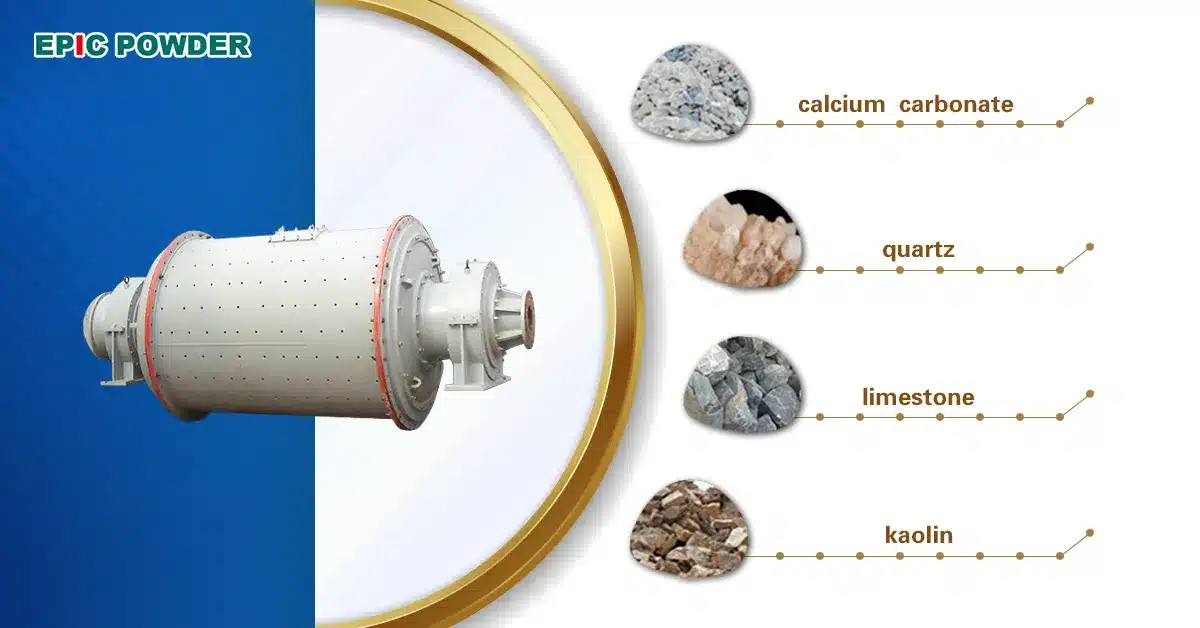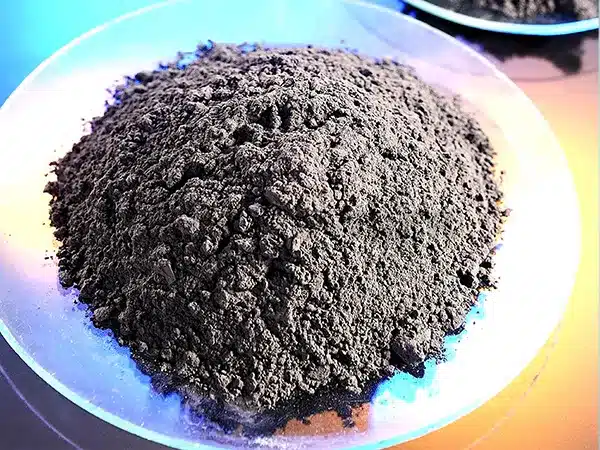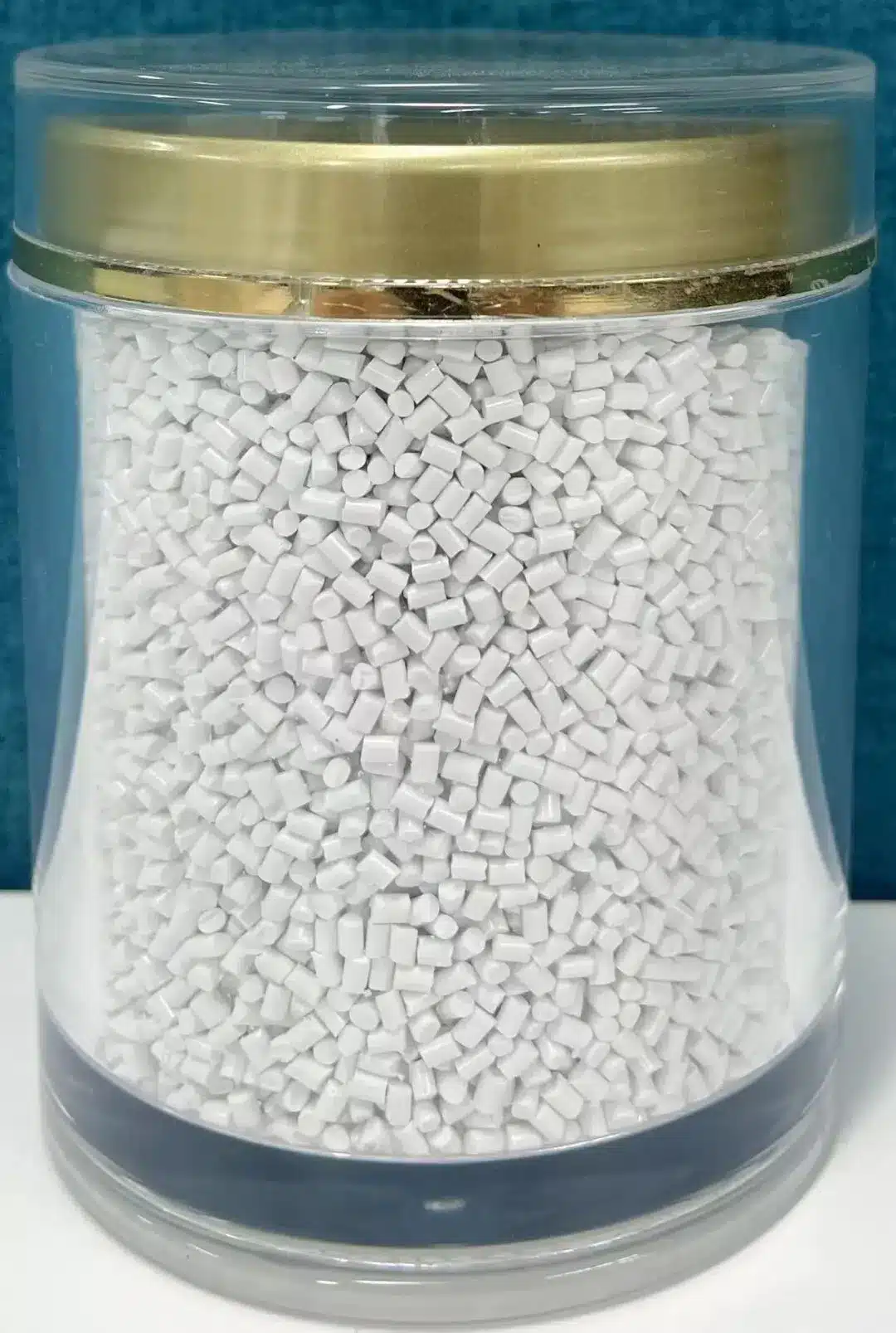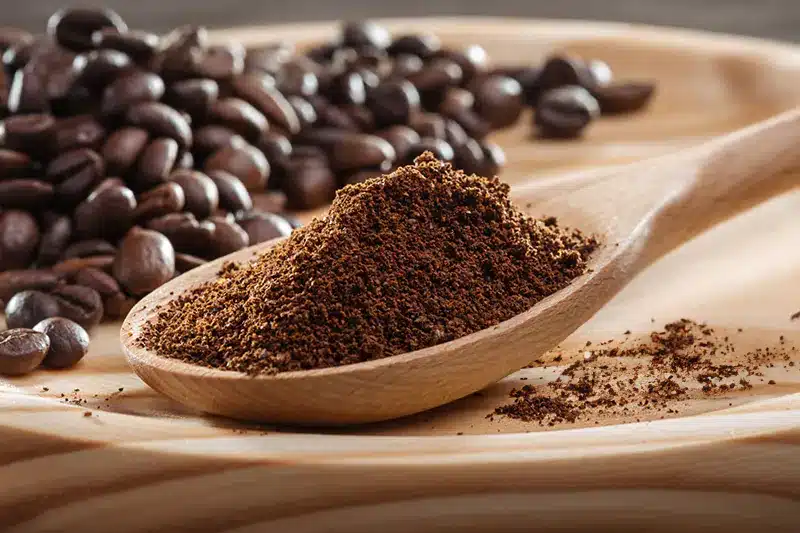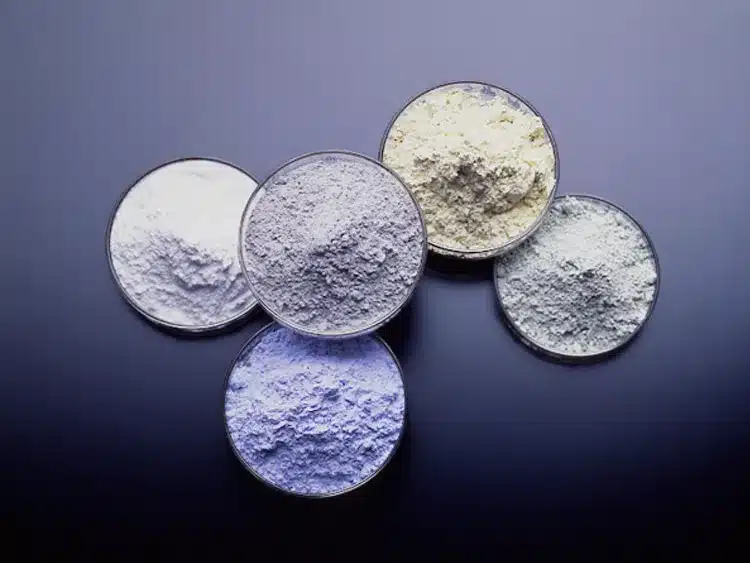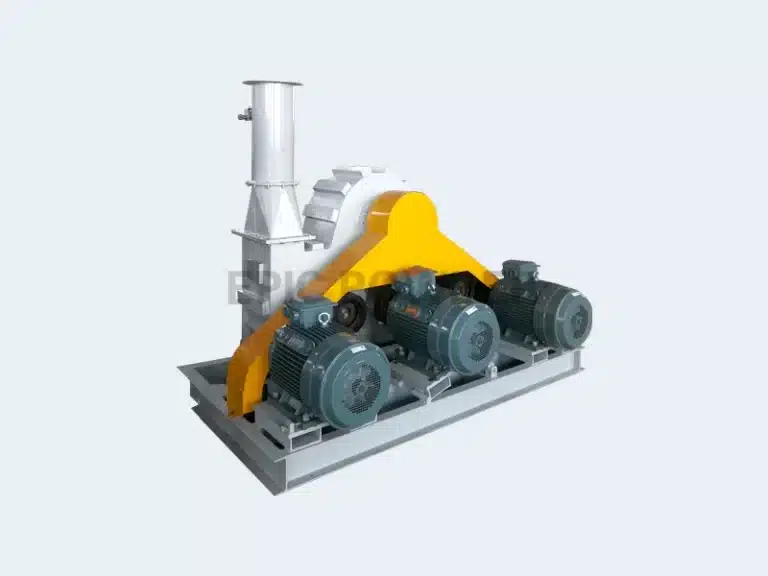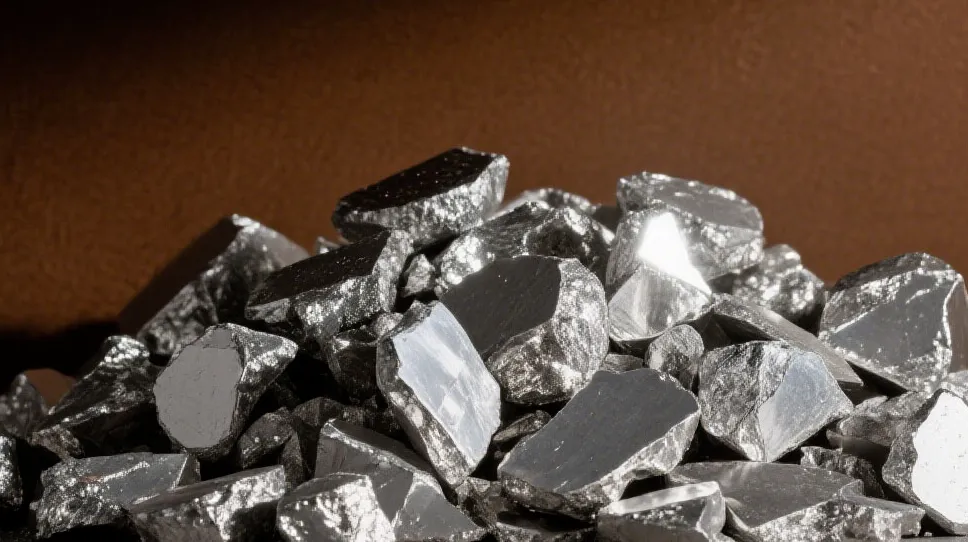Bentonite mud is the lifeblood of drilling projects, and its quality often determines the success or failure of the operation. Although horizontal directional drilling (HDD) technology was initially used only to lay pipelines across rivers, its application has expanded significantly with the growing market demand. Bentonite has become the primary slurry material for horizontal directional drilling mud.
But what specific roles do horizontal directional drilling technology and bentonite mud play in the operation process? And how should bentonite mud be adjusted to ensure the drilling process achieves the desired results?
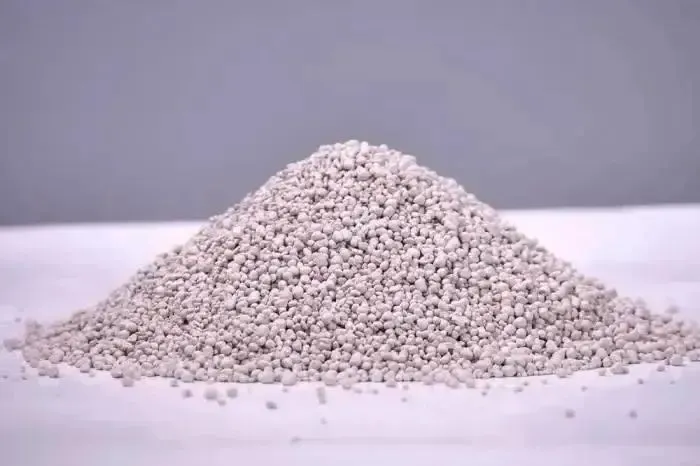
Directional Drilling Technology and the Functions of Mud
1. Principle of Directional Drilling Technology
(1) Drilling
The drilling rig is fixed at one end of the planned pipeline route. According to a predetermined angle, the equipment drives the drill rod, which in turn rotates and advances the drill bit. Under the guidance of positioning instruments, the drill proceeds according to the required depth and length, navigating through underground obstacles until it emerges at the other end.
During this process, a mud pump is used to inject bentonite-based mud or cement slurry through the drill pipe and drill bit. This helps to stabilize the borehole, prevent collapse, cool the drill bit, and lubricate the drill pipe—preventing it from being clamped or stuck by surrounding soil layers.
(2) Back Reaming
Once the drill bit and pipe emerge from the ground, the drill bit is removed and replaced with a back reamer. The power head then pulls the drill pipe and back reamer in reverse, enlarging the borehole to accommodate the pipeline.
(3) Pullback
During back reaming, the pipeline is attached behind the back reamer. As the drill pipe and back reamer are pulled back, they simultaneously drag the pipeline into the expanded borehole until it is completely installed — completing the pipeline laying process.
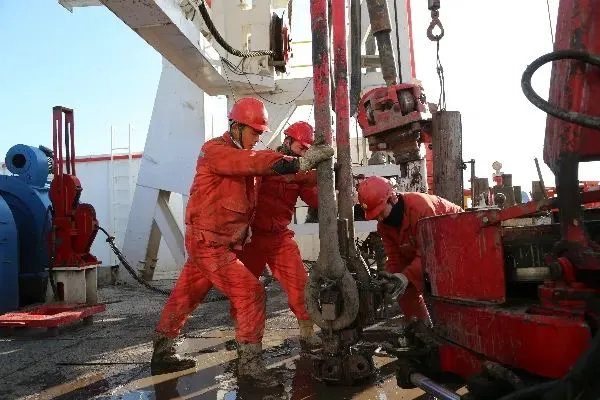
2. Functions of Mud
(1) Suspending and Carrying Cuttings
This is one of the most fundamental functions of drilling mud. It carries the cuttings (rock or soil particles) generated by the drill bit or reamer out of the borehole, keeping the hole clean and facilitating smooth pipeline installation during the pullback process.
(2) Stabilizing the Borehole
Maintaining a stable and uniform borehole wall is critical for the success of HDD. It is also a basic requirement for achieving fast and high-quality drilling results.
(3) Lubrication
Drilling mud provides effective lubrication during both the initial guide hole drilling and the pipeline pullback phases. This lubrication is especially beneficial during reaming in hard rock formations, reducing wear on the reamer.
(4) Cooling
During drilling and reaming, both the drill bit and reamer generate significant heat as they rotate through rock or soil. The drill rod also generates heat through friction with the borehole wall. Drilling mud helps cool these components, extending their service life.
(5) Formation Analysis
By analyzing the mud that returns to the surface, operators can gain insights into the subsurface lithology and make timely adjustments to the construction process.
Characteristics and Index Requirements of Horizontal Directional Drilling Mud
1. Mud Characteristics
The performance requirements for bentonite mud in horizontal directional drilling (HDD) projects vary depending on construction conditions and subsurface environments. Therefore, the on-site preparation methods and formulations for drilling mud may differ accordingly.
However, based on the fundamental functions of mud, the following general characteristics are typically required for HDD operations:
(1) Viscosity
Viscosity refers to the fluid’s resistance to flow. Proper viscosity ensures effective circulation of mud within the borehole. If the viscosity is too high, it increases resistance during drilling, reducing construction efficiency. If the viscosity is too low, it will fail to carry drill cuttings out of the borehole. The ideal viscosity should be adjusted according to on-site geological conditions.
(2) Gel Strength
Gel strength is a crucial property of bentonite mud. It refers to the ability of the mud to form a gel structure over time, which suspends cuttings in the borehole.
If cuttings are not properly suspended, they will settle at the bottom of the borehole, potentially blocking circulation. This can lead to increased downhole pressure, formation fracturing, surface overflow, buried drill pipes, or even tool loss.
(3) Fluidity
HDD mud must maintain good fluidity over time. Viscosity should not increase excessively during storage or circulation downtime. Mud that becomes jelly-like can lose its effectiveness in supporting the borehole wall and maintaining pressure balance.
(4) Low Filtration Loss
Low filtration loss is essential for HDD mud. Mud with low fluid loss forms a thin, durable filter cake on the borehole wall, reducing the risk of wall collapse. It also prevents excessive water absorption by the formation, which can cause swelling, shrinking, or instability.
(5) Thixotropy
Thixotropy refers to the ability of mud to become less viscous when agitated and regain viscosity when static. After mud circulation stops, thixotropic properties allow it to quickly regain sufficient gel strength to suspend cuttings.
At the same time, when circulation resumes, the mud should flow easily without overloading the pump. Mud with good thixotropy reduces pump stress and supports efficient mixing and transport.
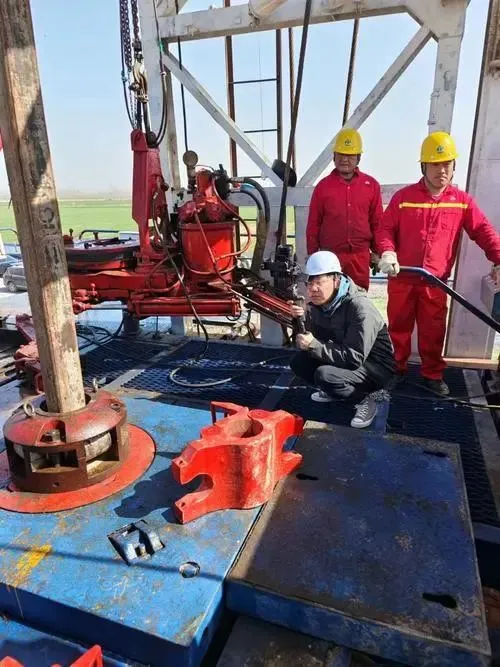
2. Mud Index Requirements for Different Formations
Different geological formations impose different demands on drilling mud. The performance requirements based on typical strata are as follows:
Mud Performance Requirements for Different Stratum During Construction
| Item | Clay Layer | Fine Sand Layer | Coarse Sand Layer |
| Density (g/mL) | 1.05–1.07 | 1.05–1.07 | 1.07–1.10 |
| Marsh Funnel Viscosity (s) | 35–40 | 45–65 | 60–70 |
| Fluid Loss (mL) | 14–15 | 12–13 | 10–11 |
| Mud Cake Thickness (mm) | 1.0–1.2 | 1.3–1.5 | 1.5–2.0 |
| Gel Strength (Pa) | 0–2 / 2–6 | 2–4 / 4–8 | 2–6 / 6–10 |
| Yield Point/Plastic Viscosity Ratio (Pa/(mPa·s)) | <1.0 | <1.0 | <1.0 |
| Sand Content (%) | <3 | <3 | <3 |
| pH Value | 8.5–9 | 8.5–9 | 8.5–9 |
(1) Clay Layer
Clay layers often consist of alluvial sand, silt, and silty soil. Common examples include yellow mudstone and brown mudstone.
These formations are relatively hard and highly absorbent. They offer good drillability and porosity, allowing for effective tool rotation, pushing, and excavation. Clay layers are generally stable and are considered the easiest to drill through.
(2) Fine Sand Layer
Fine sand formations contain a mix of clay or silt with large amounts of yellow sand, along with pebbles or gravel. These formations have moderate porosity. They are prone to collapse, slurry loss, and water absorption. During pilot drilling and reaming, these layers can easily cave in, requiring careful mud control.
(3) Coarse Sand Layer
Coarse sand layers typically include large quantities of yellow sand, quicksand with high water content, and gravel. These formations are relatively rare. They have very poor porosity and are extremely unstable. They are prone to severe borehole collapse, slurry leakage, and equipment entrapment. Drilling in these layers is slow, and equipment wear is significant due to the abrasive nature of the material.
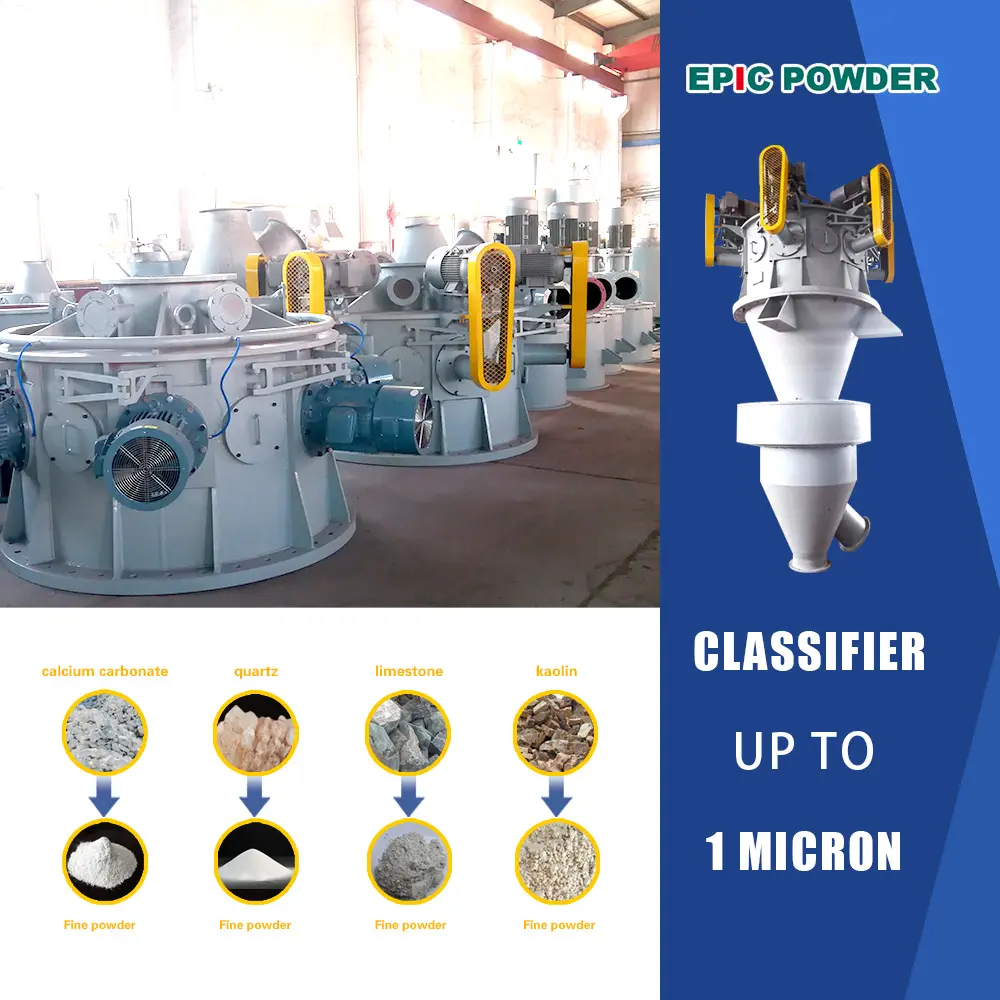
Characteristics of Bentonite for Mud
Bentonite is a type of clay with montmorillonite as its main component. Montmorillonite is typically classified into sodium-based and calcium-based bentonite according to the type and content of interlayer exchangeable cations.
Bentonite used in horizontal directional drilling mud has the following characteristics:
1. Sodium-Based Bentonite
Sodium-based bentonite is the primary type used in HDD applications. It features high water absorption, a large swelling ratio, and a high slurry yield. When dispersed in water, it forms a gel with good viscosity, thixotropy, and lubricity.
American companies generally use natural sodium-based bentonite from Wyoming, USA. In contrast, artificial sodium-based bentonite is more commonly used in China.
2. High Montmorillonite Content
The physical and chemical properties of bentonite largely depend on the type and content of montmorillonite it contains. The higher the montmorillonite content, the higher the slurry yield. Natural sodium-based bentonite from Wyoming contains up to 85% or more montmorillonite. High-quality domestic slurry-grade bentonite typically contains over 80% montmorillonite.
3. Low Sand Content
Bentonite used in drilling mud must have a sand content of less than 3%, to ensure slurry quality and avoid abrasion of drilling equipment.
4. High Gel Strength
Bentonite provides high gel strength, enabling it to suspend larger drill cuttings. When the mud is static in the borehole, it must maintain enough gel strength to keep solid cuttings suspended. These cuttings must also remain suspended during removal to prevent settling, which could block circulation and lead to pressure build-up, formation fracturing, surface overflow, or even buried tools and drilling failure.
5. Good Water Adaptability
Construction sites are often located in remote areas with varying water quality.
The water used to prepare the slurry may contain high levels of calcium and magnesium ions, or be acidic. Poor-quality bentonite may flocculate and separate when mixed with such water, significantly reducing viscosity and rendering it unsuitable. A good bentonite slurry must resist these effects and remain stable under varying water conditions.
Conclusion
Choosing the right bentonite is essential to the success of any horizontal directional drilling project. High-quality sodium-based bentonite with excellent swelling capacity, low sand content, and strong gel strength ensures stable boreholes, efficient cuttings removal, and reliable drilling performance — even under challenging water conditions. By using bentonite with proven performance characteristics, you can reduce operational risks, improve construction efficiency, and achieve better project outcomes. Whether you’re facing soft clay or complex sand layers, the right bentonite mud makes all the difference.
About Epic Powder Machinery
At Epic Powder Machinery, we specialize in providing advanced solutions for ultrafine grinding and particle size reduction, with a focus on producing high-quality bentonite powder. Our flagship products, including air classifier mills, are designed to meet the unique needs of industries like horizontal directional drilling, ensuring optimal efficiency and precision. With years of expertise and cutting-edge technology, we deliver reliable, cost-effective equipment that maximizes performance and reduces operational downtime.
Trust Epic Powder Machinery for all your bentonite powder production needs, and let us help you achieve superior results with our industry-leading machines.

